A facelifted version of the strong selling second-generation Porsche Cayenne has been revealed ahead of a planned public debut at the Paris motor show in October.
Included as part of the updated range is a new 410bhp petrol-electric S E-Hybrid model that is claimed to offer a 0-62mph time of 5.9sec and a combined average of 83.1mpg. That's alongside a 151mph top speed and a zero-emission electric range of up to 22 miles at up to 78mph.
The reworked Cayenne is already on sale, and will be in UK showrooms from October. The model further benefits from a series of exterior and interior design changes that bring it in line with the manufacturer's current offerings.
There's also a range of reworked petrol and diesel engines allied to new fuel saving technology – all aimed at providing it with fresh appeal some four years after it first arrived in UK showrooms.
The mid-life styling changes appear subtle but bring some significant changes to the front-end design of the Cayenne. Updates include a larger grille, a new bumper with additional blades within the air ducts for more efficient cooling of the intercoolers, redesigned front wings and a larger bonnet boasting subtle contouring.
More angular headlights, with standard Xenon main beams (LED with Porsche Dynamic Light System on the top-of-the-line Turbo), are fitted to the new Cayenne too.
At the rear there are revised tail-lights that, like the headlights, adopt a more angular shape. The number plate recess and boot opening mechanism now also blends more elegantly into the tailgate. Porsche's design team has also added a revised bumper with integrated tailpipes.
Changes inside include a new multi-function steering wheel with shift paddles modelled on that used in the 918 Spyder, which come as standard equipment together with a more contoured rear seat that now comes with optional ventilation.
Heading the long list of efficiency boosting features brought to the facelifted Cayenne is a new coast function as well as improved version of the existing model’s stop/start system – both of which have been integrated into its standard eight-speed automatic gearbox.
Further innovations include active air flaps located behind the grille. They open or close depending on the cooling requirements for the engine, constantly adjusting the volume of air entering the engine bay and helping to reduce aerodynamic drag.
New to the Cayenne line-up is the S E-Hybrid, which replaces the S Hybrid. It runs the same Audi-engineered supercharged 3.0-litre V6 direct injection petrol engine as its predecessor. With 328bhp and 325lb ft of torque, it is mated to a new electric motor that develops 94bhp.

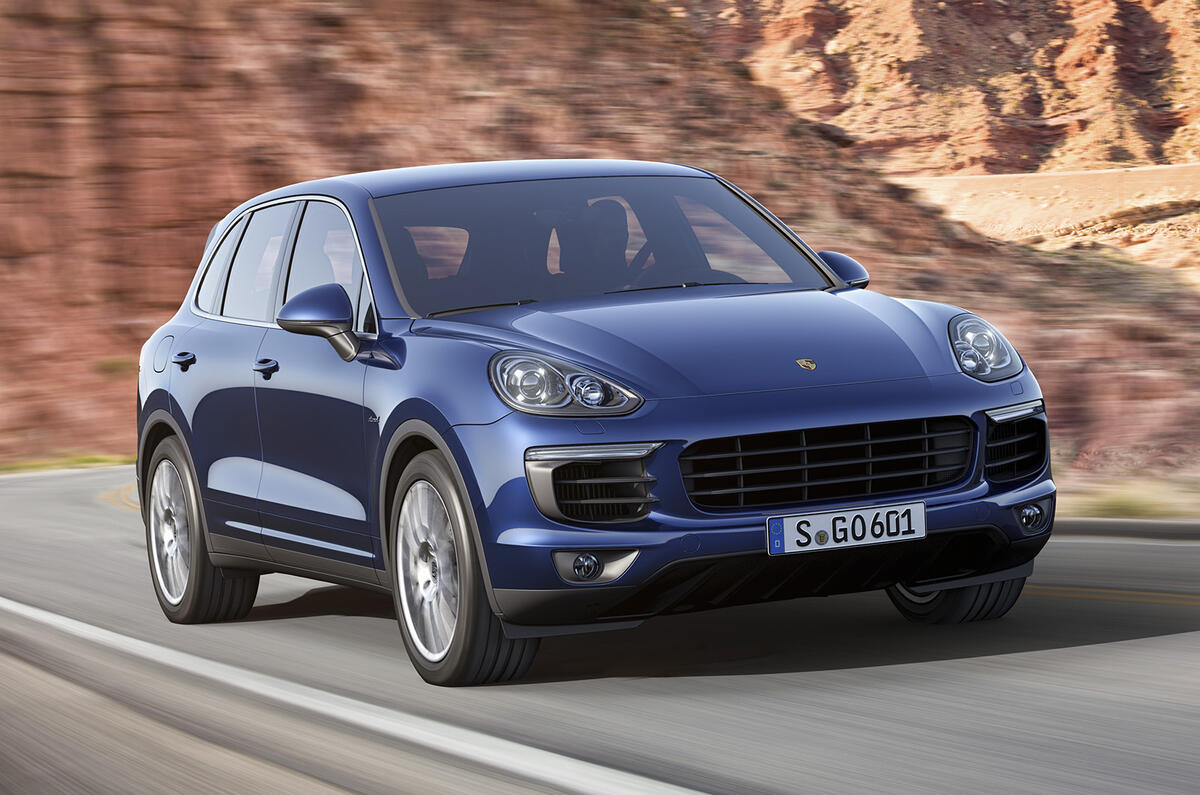
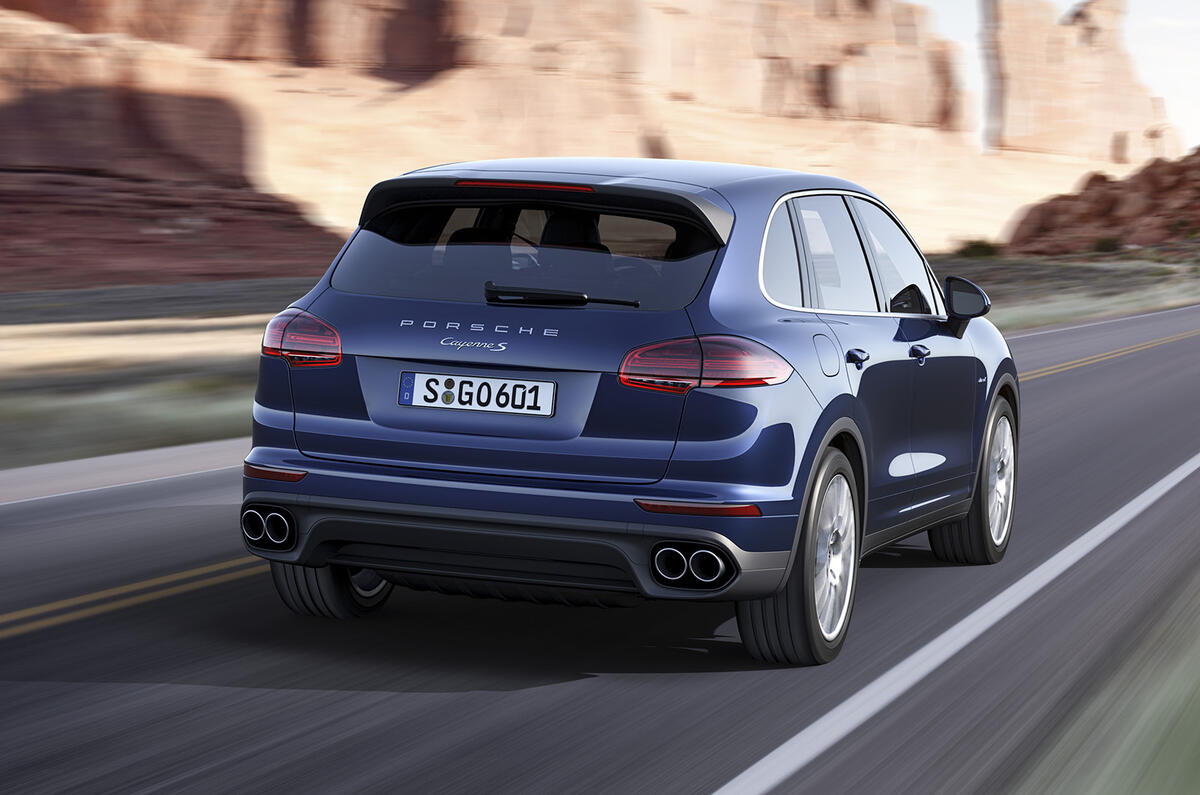
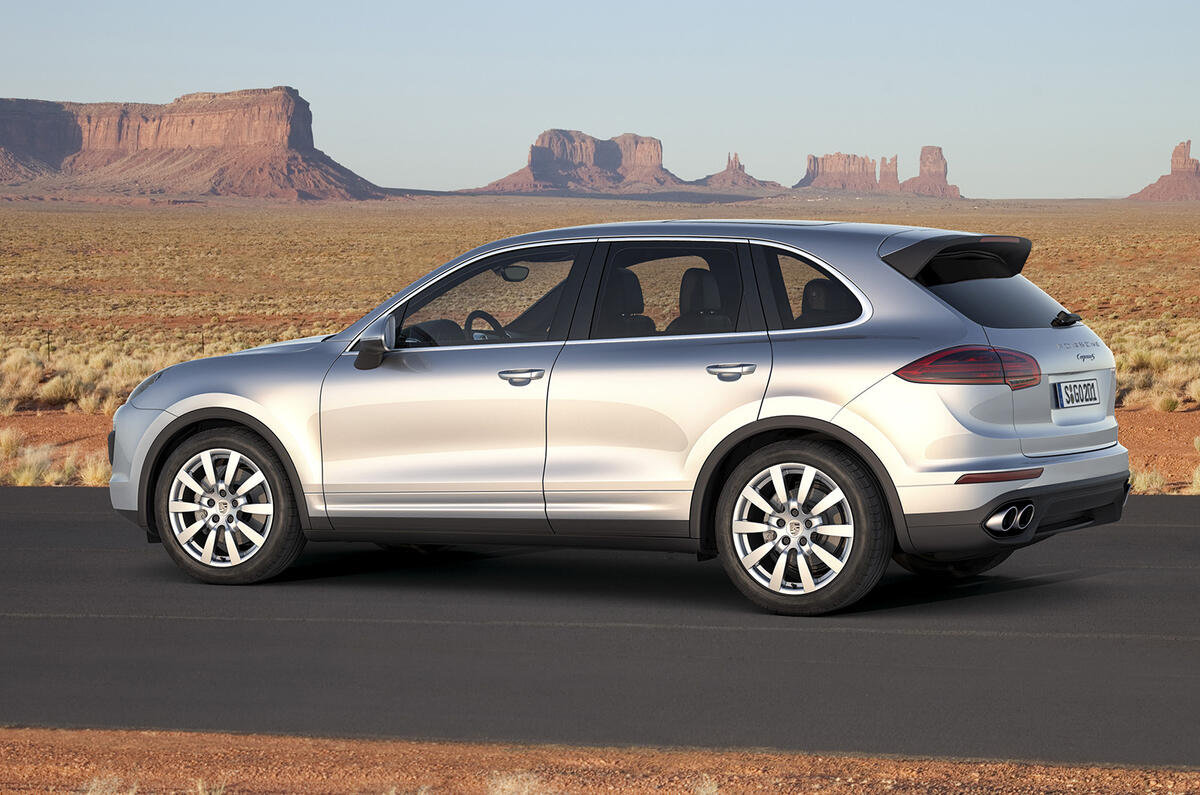
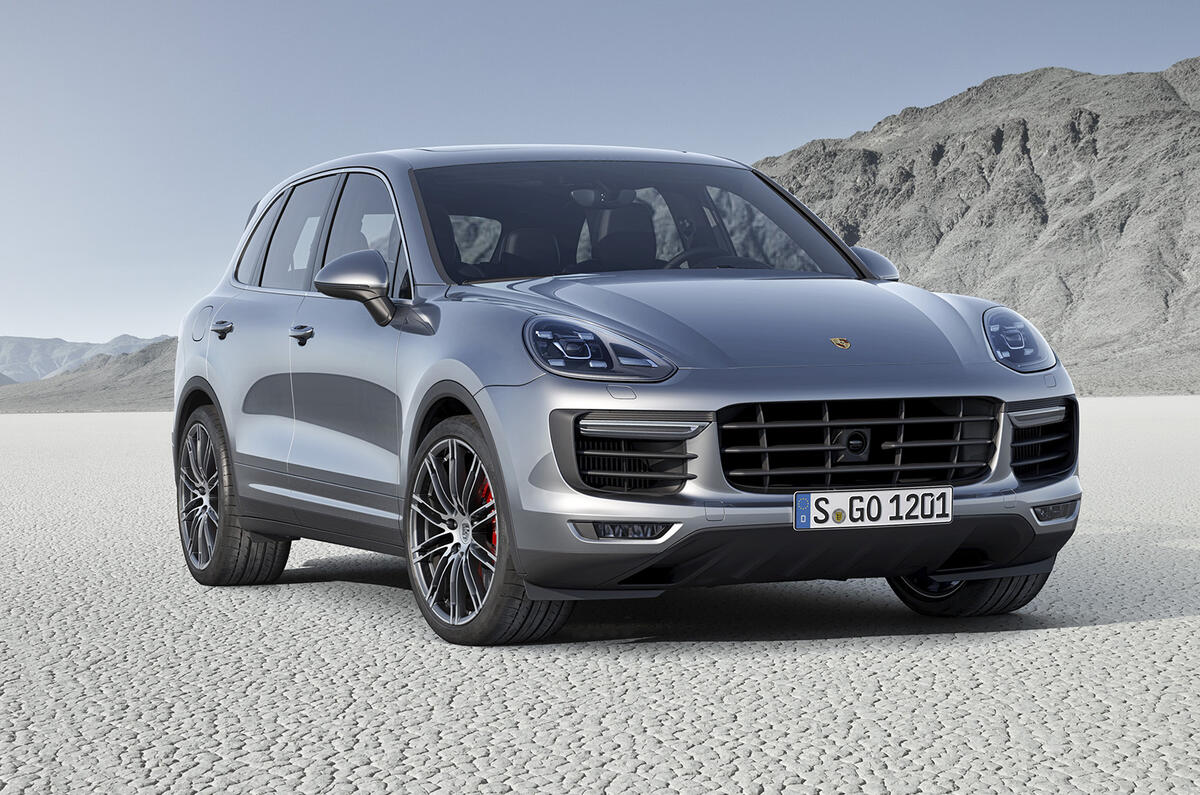
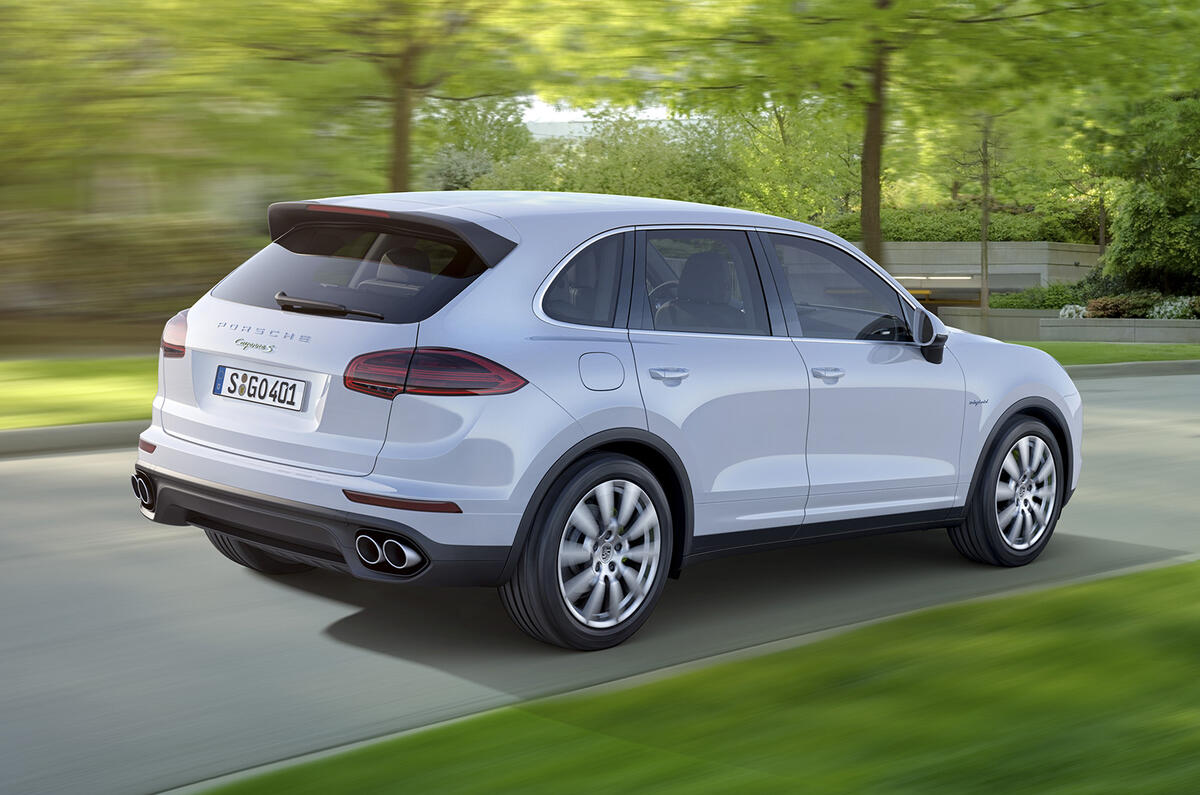
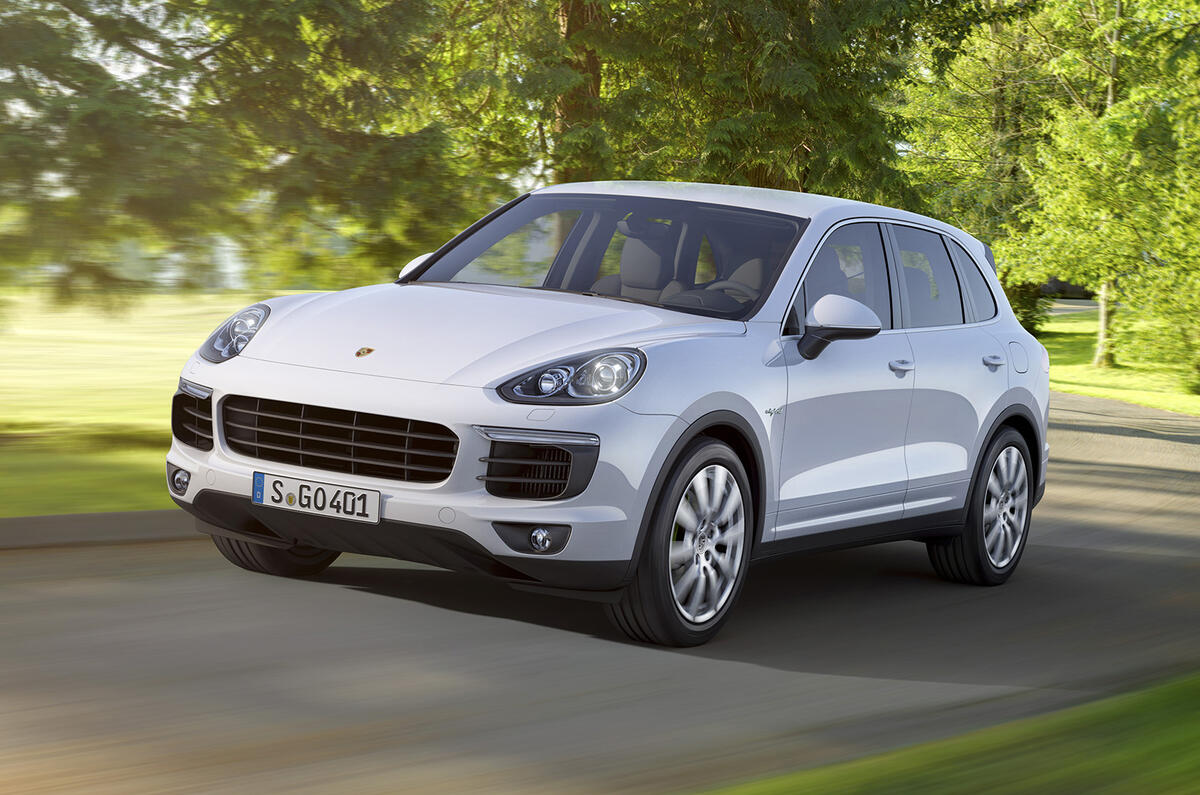
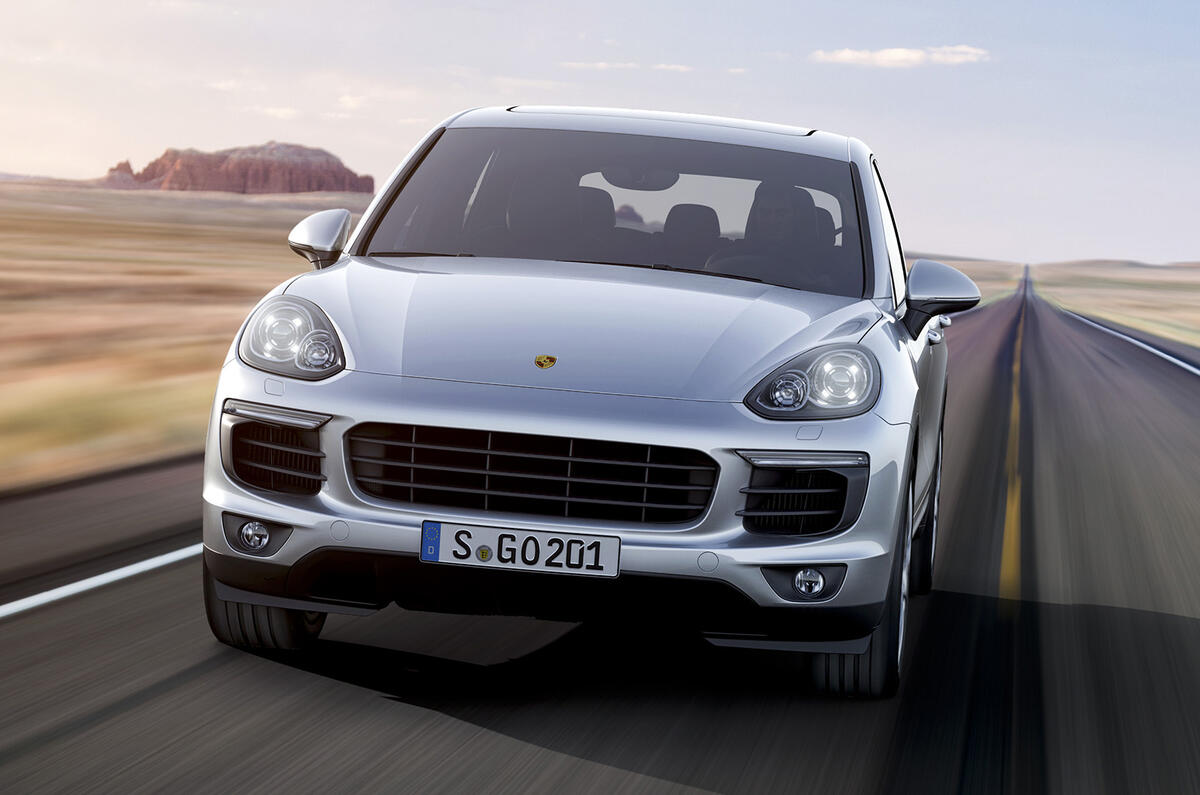
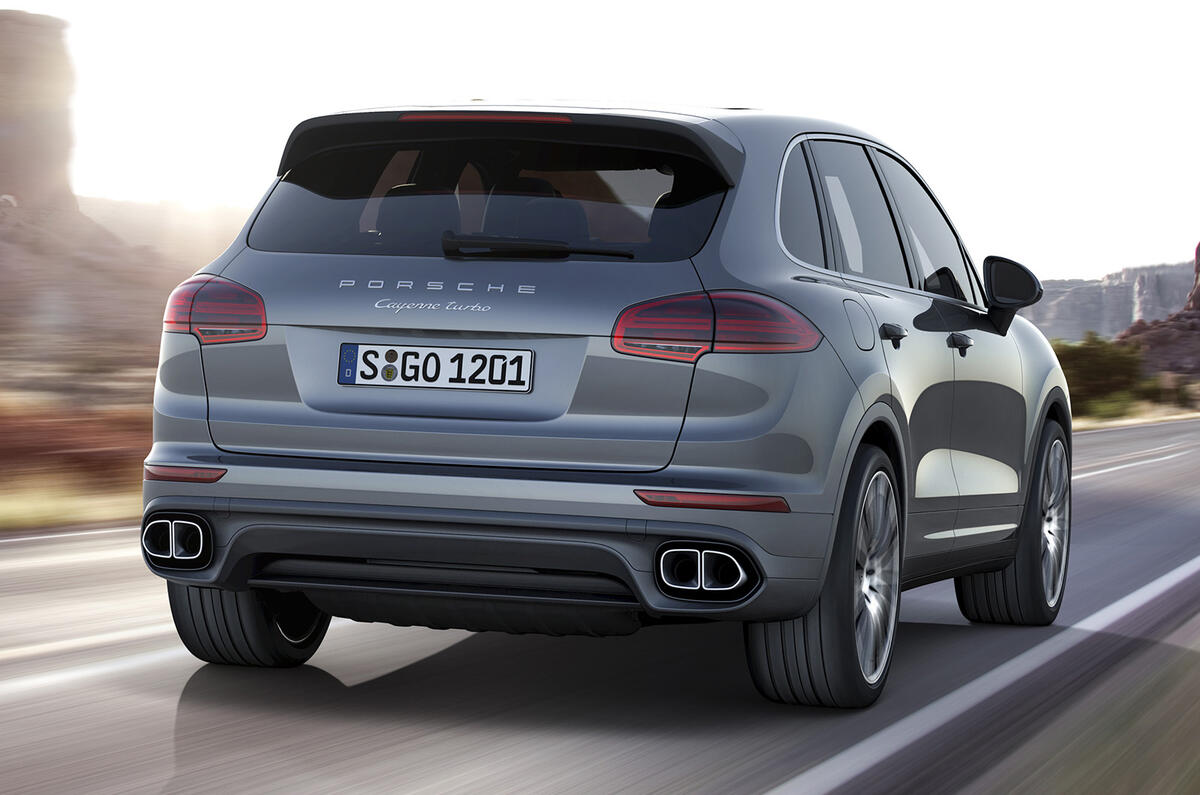
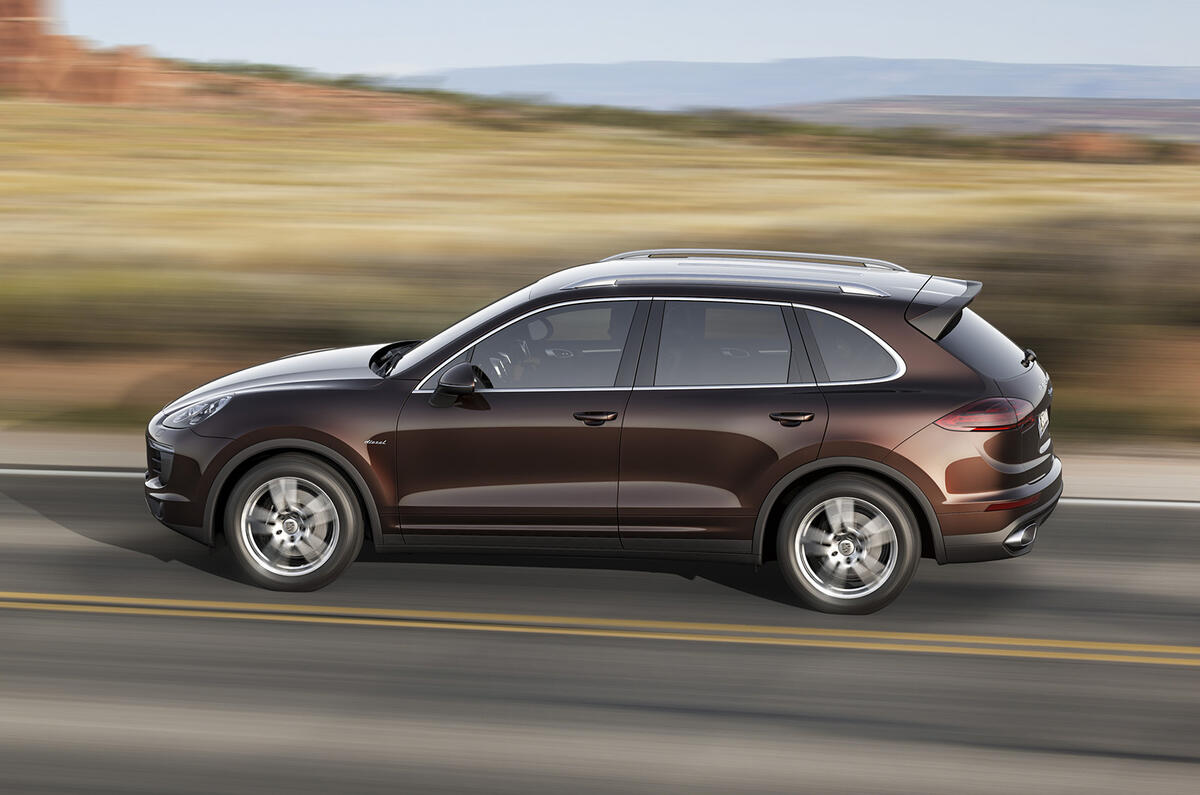
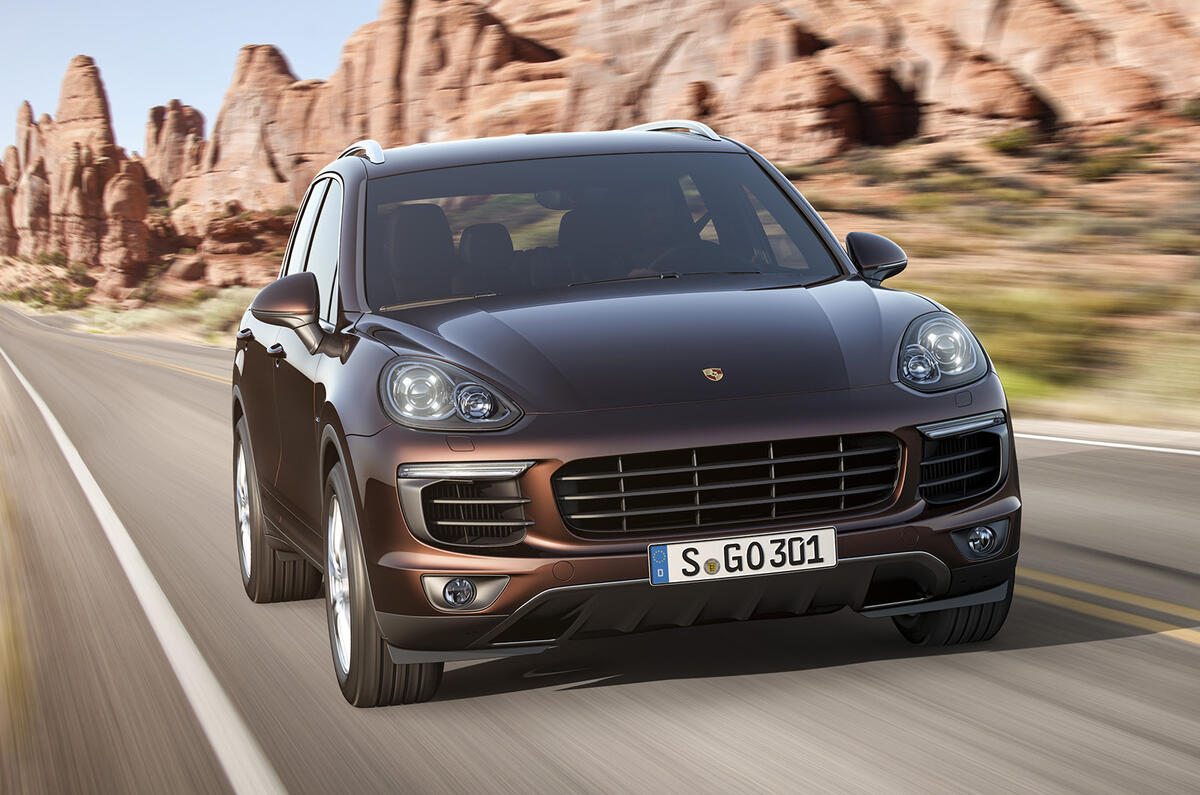
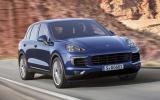
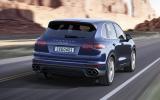
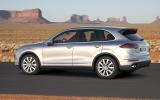
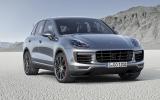
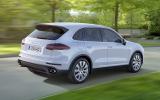
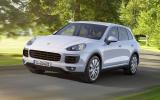
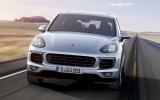

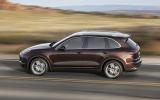



Join the debate
Add your comment
Preferred Pre-Facelift
Incidentally Autocar forgot to mention updates to the GTS and Turbo S.
I am assuming that the GTS is still available. I hope so, for it is the only naturally aspirated model left. The bliss of not having to deal with turbo lag. The deep thrum of the NA V8 is a treat not to be trampled. I hope they have not discontinued it, for try as they might, Porsche along with BMW and Mercedes have not been able to defeat turbo lag.
Too much like a VW
Still looks like a hippo.